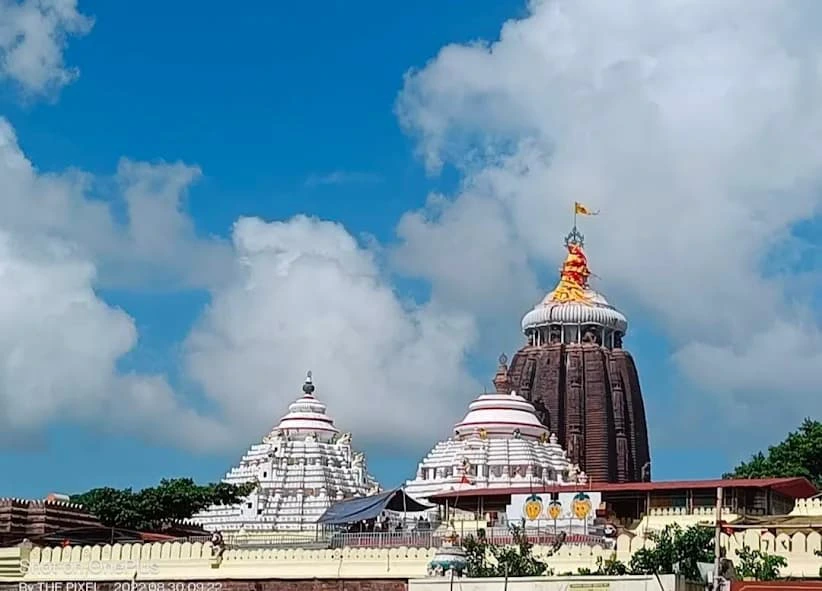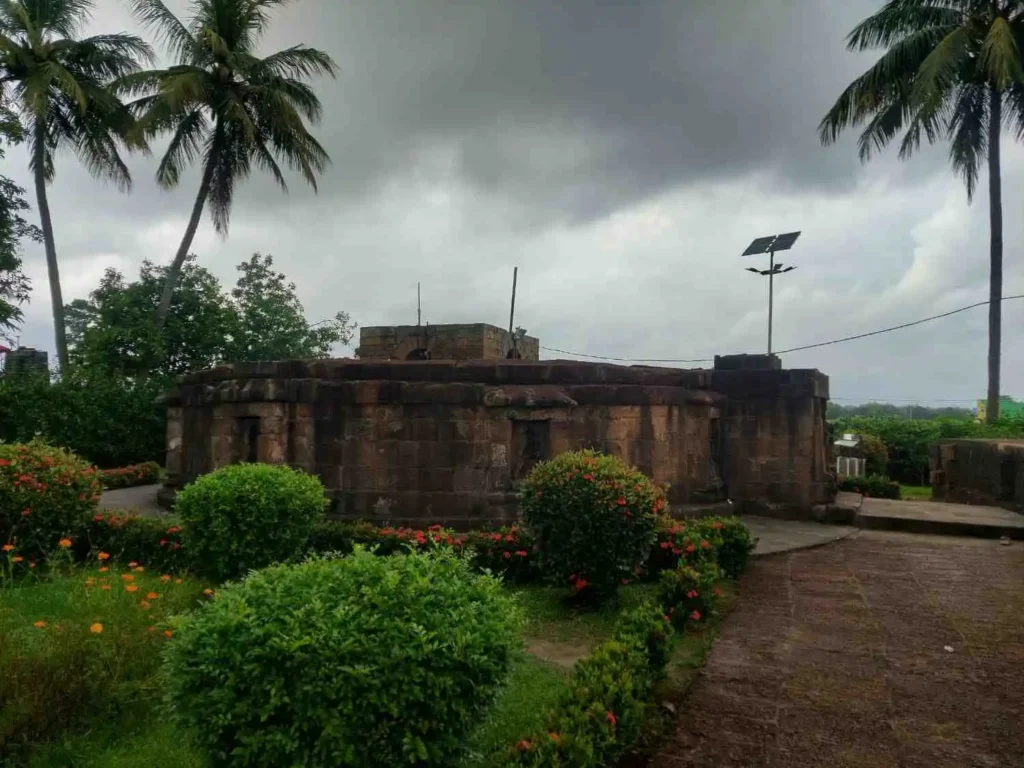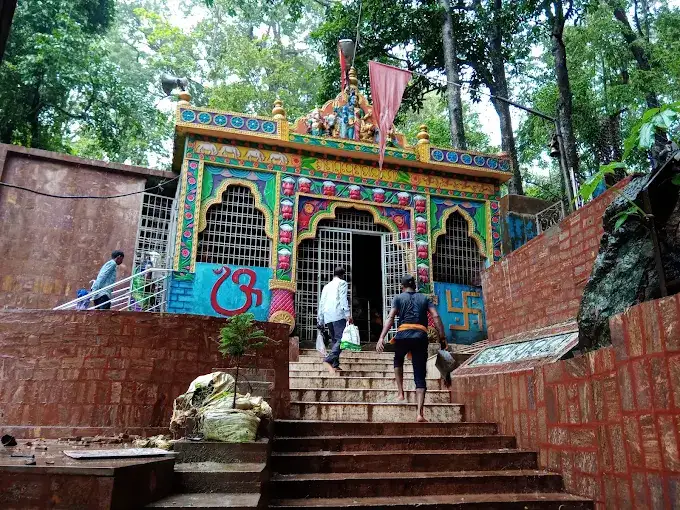
Introduction – A Journey into Odisha’s Hidden Spiritual Gem
If you’re looking for a blend of natural beauty and divine energy, Gupteswar Temple in Koraput is your calling. Tucked away in the dense forests of Odisha, this ancient cave shrine dedicated to Lord Shiva is both mystical and breath-taking. Known as Gupteswar Mahadev, or the “Hidden God,” the temple sits inside a limestone cave, drawing pilgrims from Odisha, Andhra Pradesh, Chhattisgarh, and beyond.
When I visited last winter, the climb up the 200 steps surrounded by sal trees felt like a spiritual trek. The fragrance of champaka flowers filled the air, and the moment I entered the cave, the massive Shiva Linga’s aura left me speechless.Table of Contents
History and Legends of Gupteswar Temple
The temple’s origin is rooted in mythology. It is believed that Lord Rama himself discovered the Shiva Linga during his exile in the Dandakaranya forest. The very name Gupteswar means “Hidden Lord,” pointing to its secluded cave location.
Later, the shrine was rediscovered in the 17th century by a tribal hunter and brought to prominence by Maharajah Veer Vikram Dev. Since then, Gupteswar Mahadev has been worshipped as a swayambhu (self-manifested) deity. Local legends also say the Shiva Linga grows in size over time, adding mystery to its sacredness.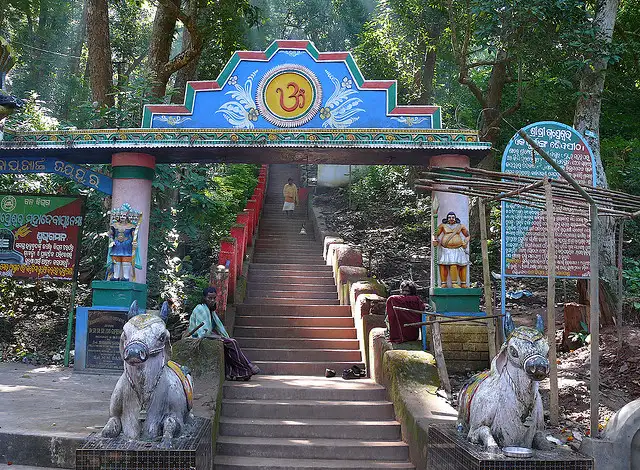
Spiritual Significance – Why Devotees Flock Here
The Shiva Linga here stands nearly 3 meters tall with a circumference of 10 feet, making it one of the largest in Odisha. Moreover, during Maha Shivaratri, over 2 lakh devotees gather, filling the caves with chants of Har Har Mahadev.
In addition, the temple is also famous during the holy month of Shravan when thousands of Bol Bam pilgrims trek 40-60 km carrying sacred water from the Sabari River to offer at the shrine. Furthermore, tribal communities deeply revere the site, believing it embodies Lord Shiva as their guardian deity.
Finally, one unique feature is a stalactite in the second cave chamber, believed to drip divine “milk” from Kamadhenu, the celestial cow. Devotees, therefore, collect it as a holy blessing.Scenic Beauty Around Gupteswar Temple
- Gupteswar Waterfall – A serene cascade near the temple.
- Sabari River – Another attraction flowing nearby, adding tranquillity.
- Sangam Viewpoint – Moreover, perfect for panoramic views of valleys and forests.
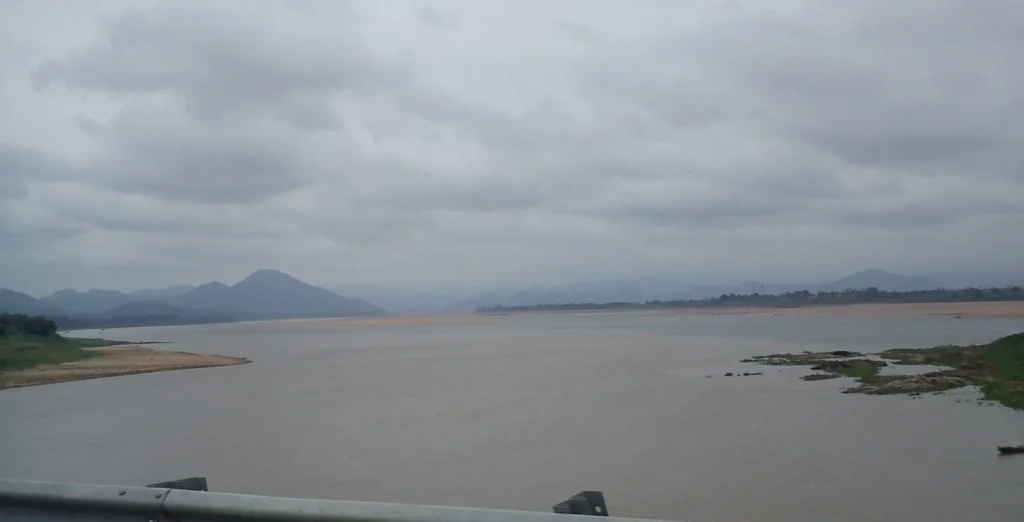
What to Expect at Gupteswar Cave
- Most importantly, the colossal Shiva Linga as the main deity.
- In addition, tribal stalls outside selling forest products like honey.
- Another attraction is the peaceful meditation spots inside the cave.
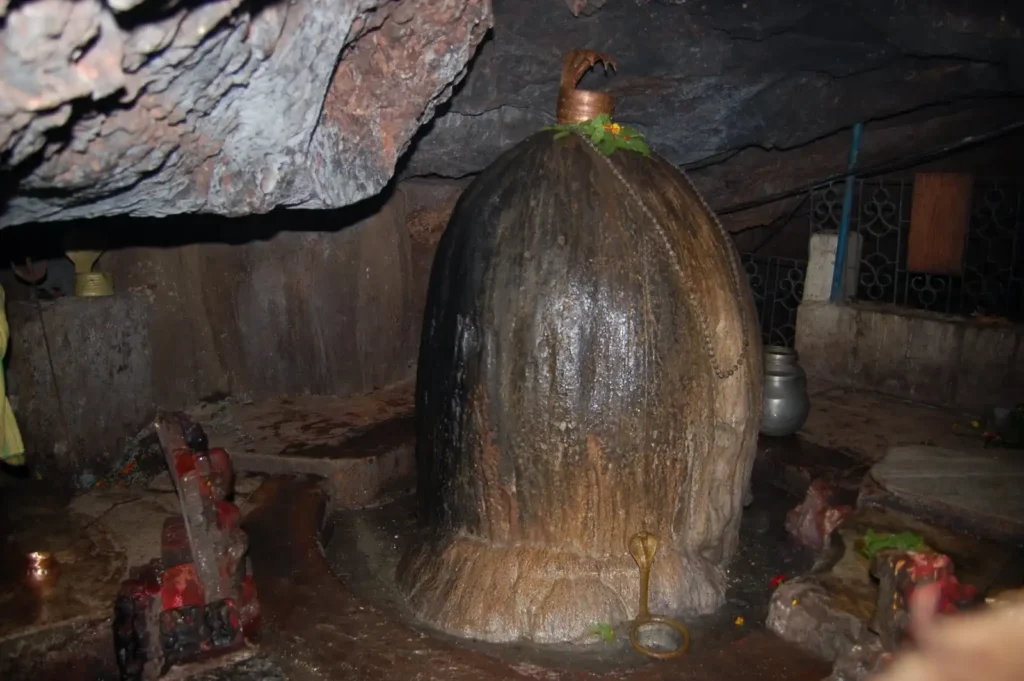
Best Time to Visit Gupteswar Temple
- October to February: Pleasant winter weather, best for treks and festivals.
- Shravan (July-August): Witness the Bol Bam Yatra, though expect crowds.
- Maha Shivaratri (Feb/March): The grandest celebrations of Gupteswar Mahadev.
- Avoid monsoons (July-Sept): Heavy rains make the steps and paths slippery.
How to Reach Gupteswar Temple Koraput
- By Air: The nearest airport is Visakhapatnam (175 km). Hire a cab for a 3/4-hour drive.
- By Train: Similarly, Jeypore (57 km) and Koraput (80 km) are the closest railway stations.
- By Road: Additionally, it is well-connected via NH-326. Buses and taxis run from Jeypore and Koraput.
- On Foot: Furthermore, pilgrims often trek from nearby villages during festivals.
Accommodations Near Gupteswar Temple
- Jeypore: Budget lodges (₹1000-1500 per night).
- Koraput: Mid-range hotels with AC rooms (₹2000-4000).
- Eco Camps: Tented stays near Sabari River for nature lovers.
Practical Tips for Visitors
- Firstly, dress modestly; cover shoulders and knees.
- Also, wear comfortable shoes for the 200-step climb.
- Additionally, carry cash, as digital payments are limited.
- Moreover, visit early morning for fewer crowds and a serene experience.
- Finally, support local tribes by purchasing their handmade goods.
Why You Should Visit Gupteswar Temple in 2025
Gupteswar Temple isn’t just a pilgrimage; rather, it’s an experience that blends spirituality, history, and raw nature. Moreover, from the mystical growing Shiva Linga to the breath-taking waterfalls and forests, every moment here feels divine.
So, plan your trip to Gupteswar Temple Koraput in 2025 and truly witness the hidden majesty of Odisha’s most sacred cave shrine.
